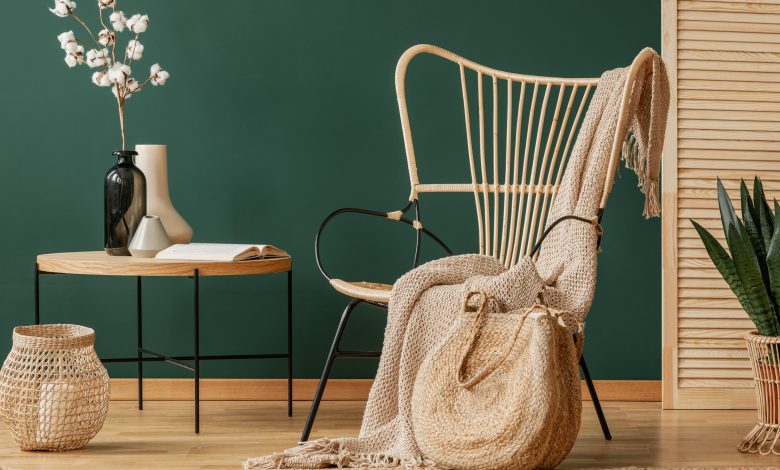Designing with Nature: The Eco-Friendly Appeal of Rattan Furniture

In an age where environmental consciousness and sustainability are paramount, choosing eco-friendly materials for interior design has never been more important. Rattan furniture, crafted from a naturally occurring vine found in Southeast Asian rainforests, has emerged as a standout choice for those seeking both style and sustainability in their homes. In this blog post, we’ll explore the eco-friendly appeal of rattan furniture and how it allows you to design with nature in mind.
The Beauty of Rattan
Rattan’s appeal is not only rooted in its eco-friendliness but also in its timeless beauty. This natural material boasts a warm, organic texture and neutral tones that can effortlessly complement a variety of interior design styles, from rustic and bohemian to modern and minimalist.
Renewable and Sustainable
One of the most compelling reasons to choose rattan furniture is its eco-friendly sourcing. Rattan is a renewable and fast-growing resource, with vines that can reach up to several hundred feet in length. Unlike hardwoods that can take decades to mature, rattan vines typically mature in just a few years. This makes rattan an excellent choice for environmentally conscious individuals who want to minimize their carbon footprint.
Low-Impact Harvesting
The harvesting process of rattan is also relatively low-impact on the environment. Unlike the clear-cutting of forests often associated with hardwood production, rattan is harvested selectively. Local communities in rattan-producing regions typically employ traditional, non-mechanized methods that reduce damage to the surrounding ecosystem.
Reduced Carbon Footprint
When you choose rattan furniture for your home, you are contributing to a reduced carbon footprint. Rattan’s quick regrowth means that it absorbs carbon dioxide from the atmosphere at a faster rate than it is harvested, making it a net carbon sink. This eco-friendly characteristic can help combat climate change and promote a healthier planet.
Versatility and Durability
Beyond its environmental benefits, rattan furniture is a practical choice due to its durability and versatility. Craftsmen expertly weave and shape rattan to create a wide range of furniture pieces, from chairs and sofas to tables and shelving units. These pieces can withstand the test of time, reducing the need for frequent replacements and further minimizing waste.
Minimal Chemical Use
Another eco-friendly aspect of rattan furniture production is the minimal use of harmful chemicals. Unlike some synthetic materials that require the use of chemicals and toxins during manufacturing, rattan typically requires very little chemical treatment. This means that your rattan furniture is less likely to emit harmful fumes or off-gas harmful substances into your home.
Maintaining Rattan Furniture
Caring for your rattan furniture is relatively simple, which is yet another eco-friendly aspect. Regular dusting and occasional cleaning with a damp cloth are typically all that’s needed to keep your rattan pieces looking their best. Avoid exposing rattan to excessive moisture or direct sunlight, as these can cause the material to weaken or fade over time.
Conclusion: A Sustainable Design Choice
In conclusion, rattan furniture offers a compelling eco-friendly appeal for those looking to design their homes with nature in mind. Its renewable sourcing, low-impact harvesting, reduced carbon footprint, durability, and minimal chemical use make it a sustainable and responsible choice for interior design. By choosing rattan furniture, you not only enhance the beauty of your living space but also contribute to a greener and more sustainable future. Designing with nature has never been more stylish or eco-conscious than with the timeless elegance of rattan furniture.





